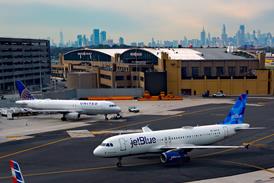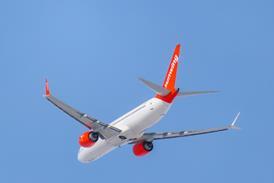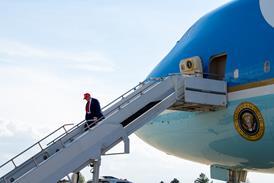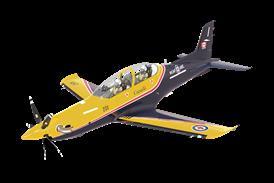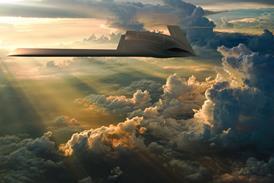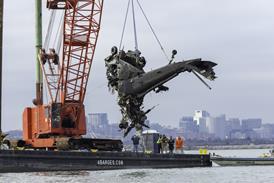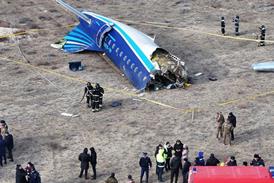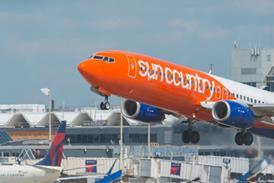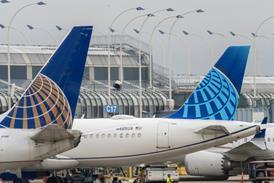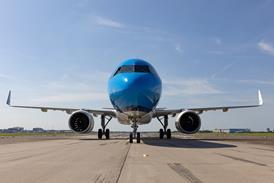General Atomics Aeronautical Systems (GA-ASI) has released a photo of its YFQ-42A, a production representative test vehicle under the US Air Force’s Collaborative Combat Aircraft (CCA) programme.
The image, shot from aircraft’s nose, clearly shows the pitot static boom that is common on test aircraft. The jet’s dorsal intake is also prominent, as are its twin tails and stubby wings.

The boxy cross section of the fuselage shows that the vehicle is designed for the internal carriage of weapons and sensors.
The unmanned aircraft commenced ground testing on 7 May, pending a first flight “later this summer”, according to GA-ASI.
The aircraft is one of two unmanned platforms that will fly under the auspices of the US Air Force’s CCA programme, which seeks to develop autonomous “loyal wingman” aircraft to collaborate with manned fighters, including Boeing’s developmental F-47. The YFQ-42A’s rival is Anduril’s YFQ-44A, which has also commenced ground testing.
“The YFQ-42A is an exciting next step for our company,” says GA-ASI president David Alexander.
“It reflects many years of partnership with the US Air Force of advancing unmanned combat aviation for the United States and its allies around the world, and we’re excited to begin ground testing and move to first flight.”
GA-ASI notes that it has long experience developing unmanned aircraft, including the XQ-67A Off-Board Sensing Station, which conducted its first flight in 2024.
Its MQ-20 Avenger first flew in 2009, and has flown more than 40,000h. The vehicle is in use as a CCA surrogate to advance artificial intelligence and machine learning integration.
CCA ground evaluations will focus on each aircraft’s propulsion system, avionics, autonomy integration and ground control interfaces, according to the air force. Assessments of those systems will inform final design choices and prepare the uncrewed jets for flight testing.

